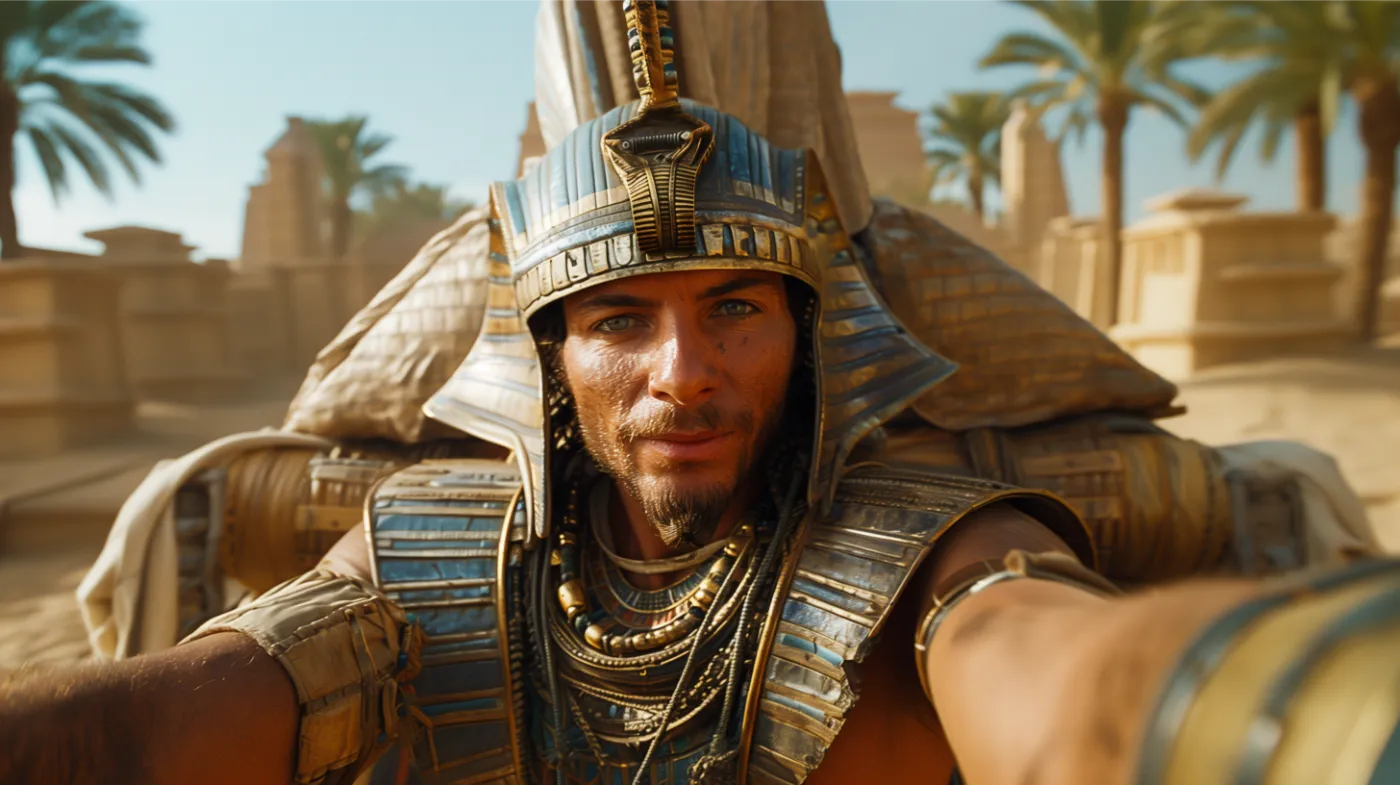11 Jobs That Are So Egyptian You'll Think We're Joking

When you think of ancient Egypt, certain iconic images come to mind - towering pyramids, mythical pharaohs, and the mighty Nile river.
But this civilization was also home to some of the most quintessentially Egyptian jobs imaginable.
We're talking occupations so steeped in Egyptian culture and tradition that they practically ooze the essence of this ancient society. Let's dive into eleven jobs that are so unmistakably, undeniably Egyptian, you'll feel like you're walking among the colossal columns of Karnak yourself.
11. Obelisk Carvers
Towering obelisks, tall four-sided monuments topped with a pyramidion, were iconic symbols of ancient Egyptian culture. Obelisk carvers were skilled artisans responsible for the creation of these massive structures, which were erected to symbolize the sun god Ra and serve as monuments to the Pharaohs' power and grandeur.
10. Nilometers Watchers
The annual flooding of the Nile River was a lifeline for ancient Egyptian agriculture. Nilometers Watchers, either priests or officials, were tasked with monitoring the Nilometers – devices used to measure the river's flood levels. Their observations were crucial in predicting agricultural success and ensuring the necessary preparations were made for the year's harvest.
9. Leopard Skin Priests
During certain religious rituals, a specific group of priests donned leopard skins, symbolizing their authority to perform funerary rites and ushering the deceased into the afterlife. These leopard skin priests held a unique and revered position within the ancient Egyptian religious hierarchy, their attire a visible representation of their sacred duties.
8. Hieroglyphic Carvers
The intricate hieroglyphs that adorn ancient Egyptian monuments, temples, and tombs were the work of skilled artisans known as hieroglyphic carvers. This profession required precision, patience, and a deep understanding of the religious texts and symbolic meanings behind each carved symbol.
7. Tomb Painters
The afterlife was a central belief in ancient Egyptian culture, and tombs were not merely resting places but gateways to the realm beyond. Tomb painters were skilled artists who decorated the interiors with vivid scenes depicting the deceased's life and the journey to the afterlife. Their intricate work ensured the safe passage and prosperity of the departed in the next world.
6. Papyrus Makers
Before there was paper, there was papyrus - and manufacturing this ancient "paper" material was big business. Papyrus was vital for record keeping, art, and literature. Think of papyrus makers as the ancient precursor to modern papermill workers and stationers. Without their skilled labor, much knowledge may have been lost.
5. Calendar Priests
In a civilization that relied heavily on the annual flooding of the Nile for agriculture, keeping track of time was crucial. Calendar priests were experts in astronomy and mathematics, responsible for creating and adjusting the calendar to ensure religious festivals and agricultural activities were synchronized with the seasons.
4. Necropolis Workers
Imagine living and working in a city of the dead. Necropolis workers were responsible for maintaining tombs, conducting rituals, and ensuring the eternal resting place of the deceased remained undisturbed. This job required a strong belief in the afterlife and a tolerance for the company of the departed.
3. Charioteers
In times of war and hunting, charioteers were the elite warriors of ancient Egypt. Skilled in driving and maintaining chariots, these professionals were highly respected for their bravery and expertise in maneuvering these formidable vehicles on the battlefield.

2. Embalmer-Priests
In ancient Egypt, death was a sacred transition. Embalmer-priests combined religious rituals with practical preservation techniques to mummify the deceased, ensuring their safe passage into the afterlife. This job required a strong stomach and a deep understanding of the intricate mummification process.
1. Pyramid Builders
Imagine being a part of the workforce responsible for constructing the iconic pyramids of Giza. These massive tombs required advanced knowledge in mathematics, engineering, and sheer physical labor. The architects and laborers faced grueling conditions to erect these monumental structures that still stand today.
